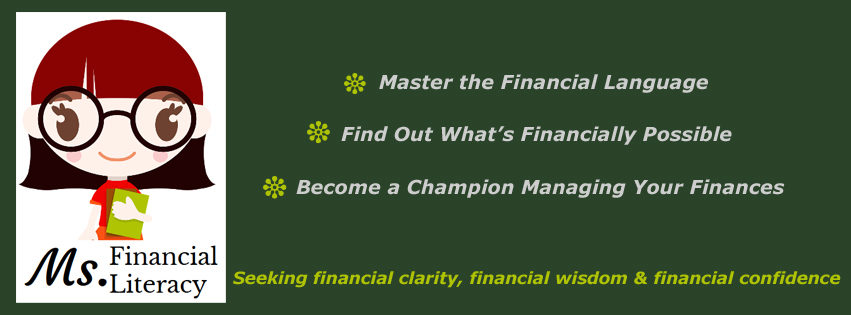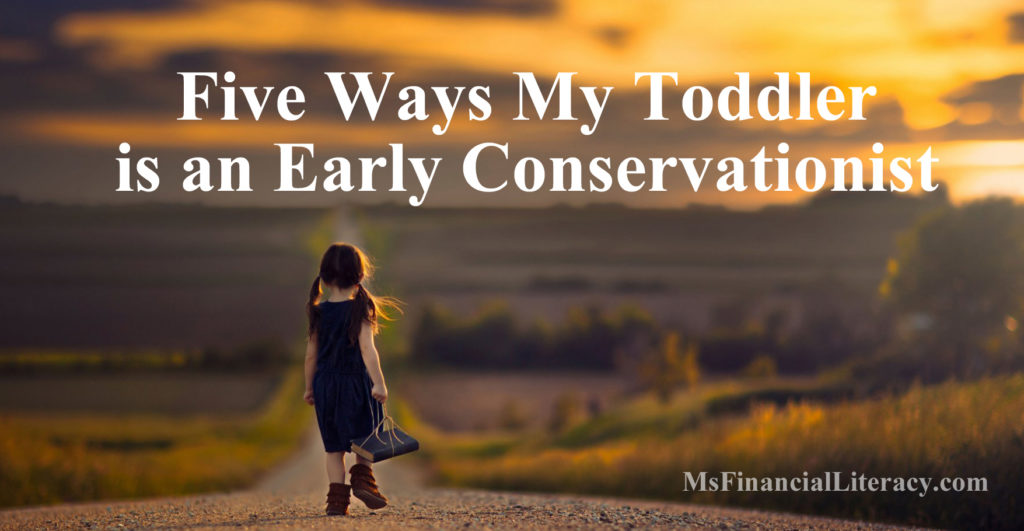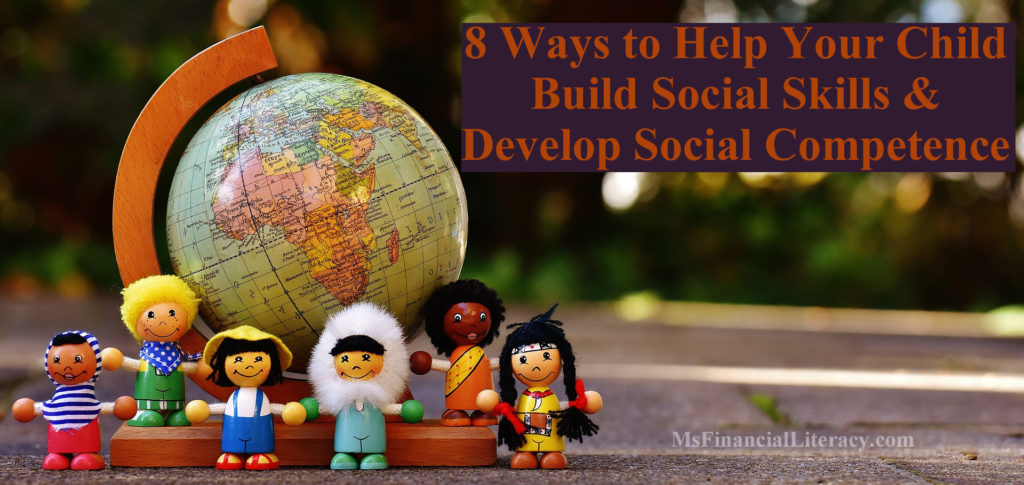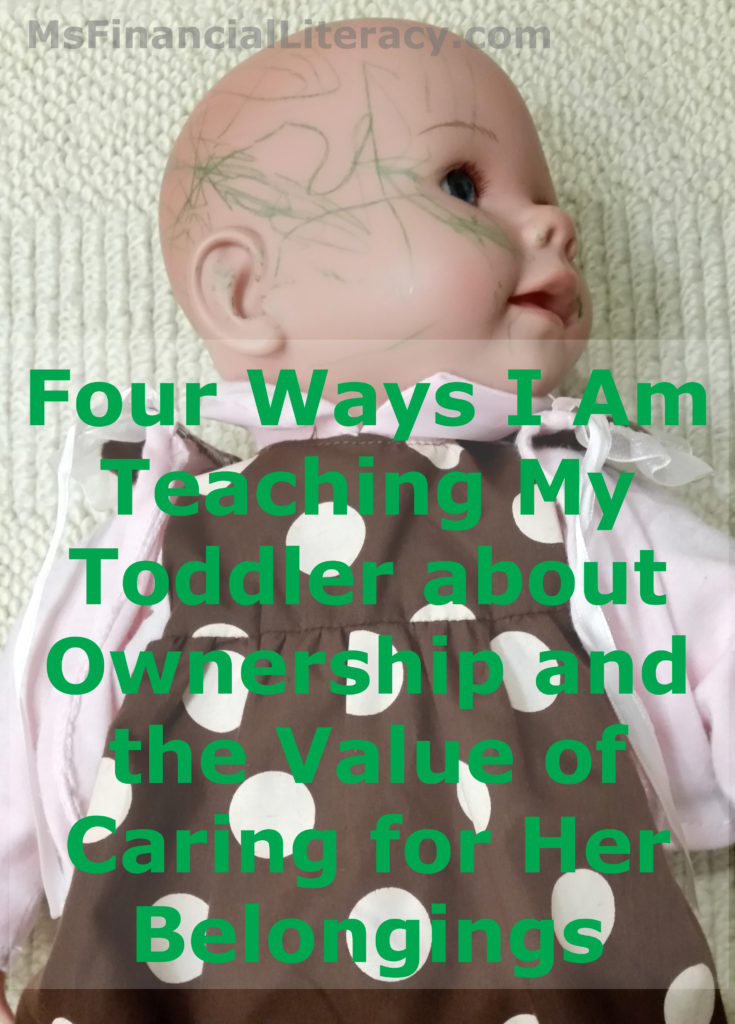What was your money story like growing up? What did your parents and/or grandparents teach you about money? What kind of conversations would you like to have with your child about money? When is a good time to start teaching your child(ren) about money?
My Story with Money
While growing up in China, my parents didn’t talk about money with me and I didn’t ask them questions related to money. I had no reason to. They took care of all my needs (I wasn’t aware of the concept of allowance until I was in my early 20s). There wasn’t much I wanted other than buying snacks at school.
I was 11-years-old when I first stepped inside a bank (with my aunt). That was shortly after I immigrated to the U.S. On that same day, my aunt gave me 37 cents so I could learn the U.S. currency. It was a very memorable experience for me. That 37 cents seemed like a lot of money at the time.
At the age of 13, I started working part-time. By the time I graduated from high school, I had over $4000 in savings. I used some of that money to buy myself a laptop and a camera for college.
When I finished my undergraduate studies, I saved over $10,000 in my bank account. I had scholarships to cover all my tuition, fees and living expenses. I also worked part-time. With that amount of money in my bank account at age 22, I felt rich!
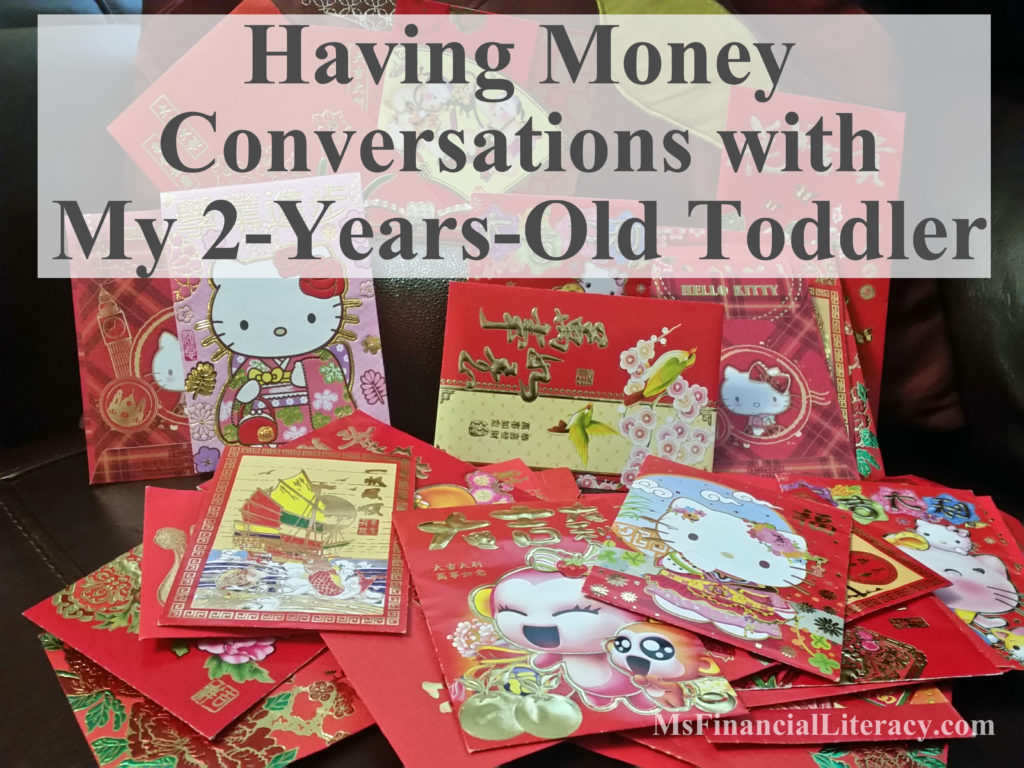
My Husband’s Story with Money
When I was a child, my father was a truck driver and my mother worked at a photo lab. Neither of them had a high paying job, but both tried hard to make sure my brothers and I were taken care of financially.
Somehow, I learned to be mindful about money as a young child. I recall going to the grocery store with my father and brothers when I was about 6 years-old and paying attention to the unit price of items. I even took items out of the cart that my younger brothers put in and placed them back onto the shelves. When I was 10 years-old, I helped my father balance his checkbook.
At 13-years-old, I had my first part-time job. I worked throughout high school and college. When I was in middle school, my father told me I’d have to find my way to fund my college education. Since that day, I was determined to become the validictorian in my high school class. And I did. I received a full scholarship ride to attend college. Once I graduated from college, I secured a full-time position with the company at which I was working seasonally.
